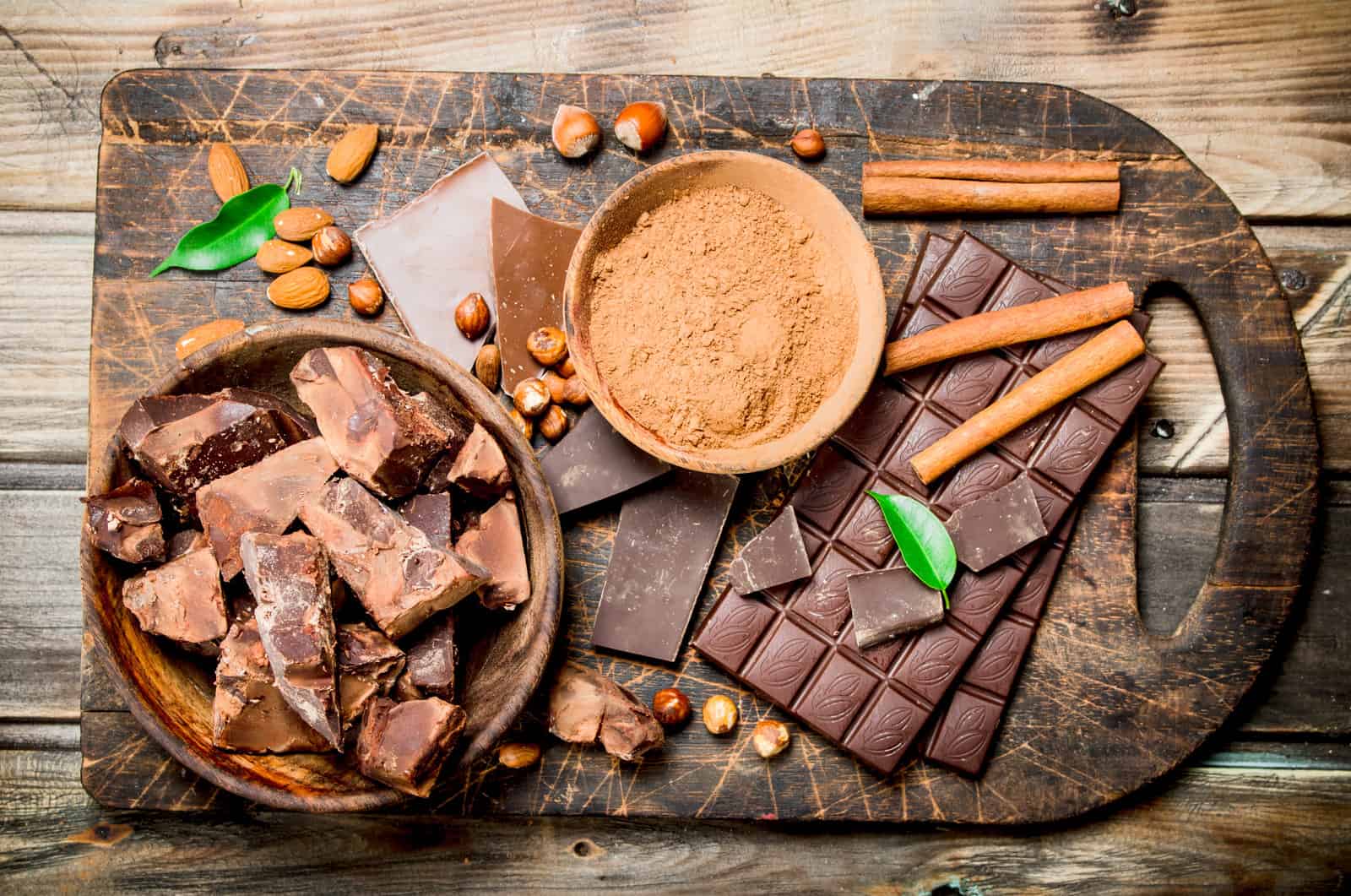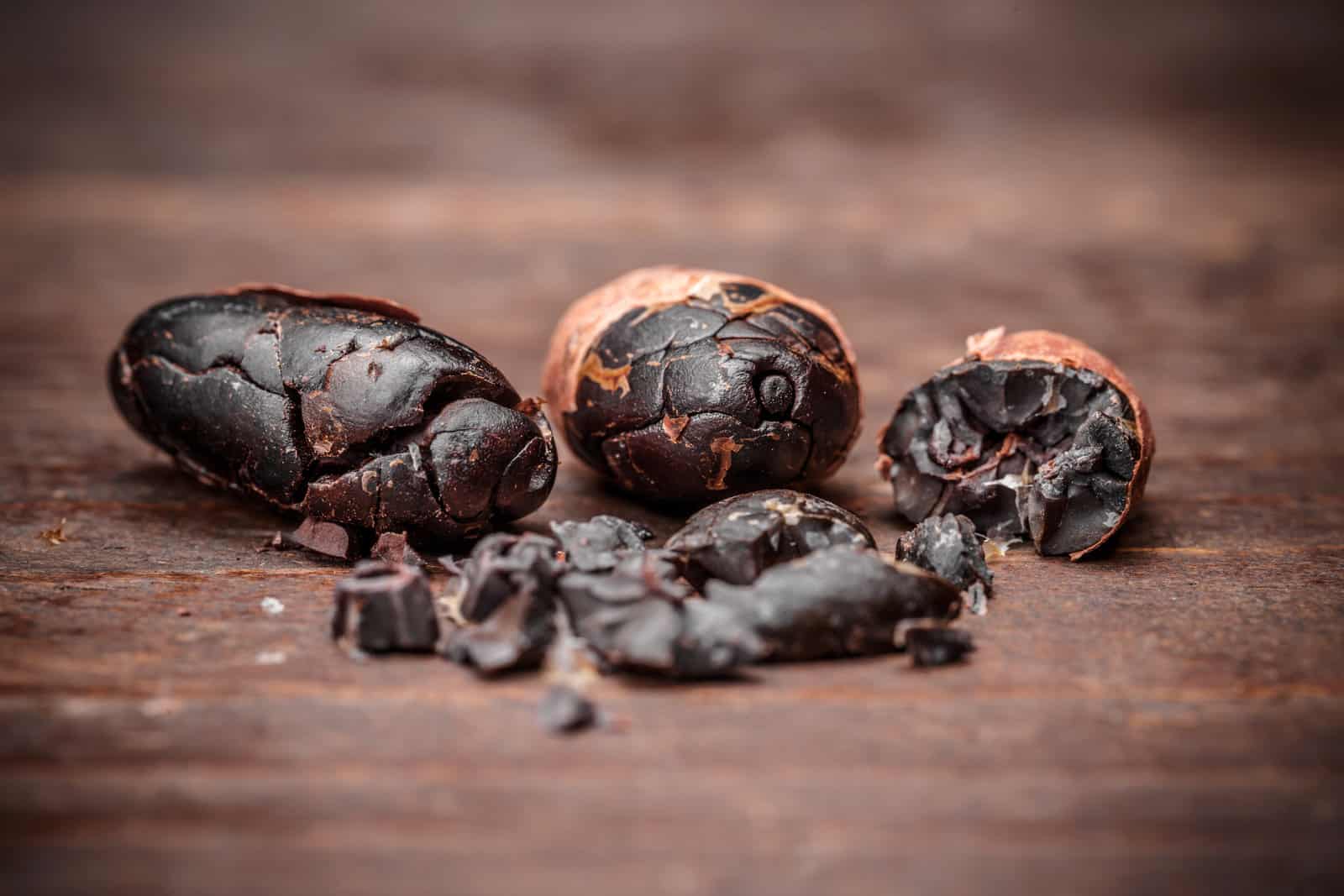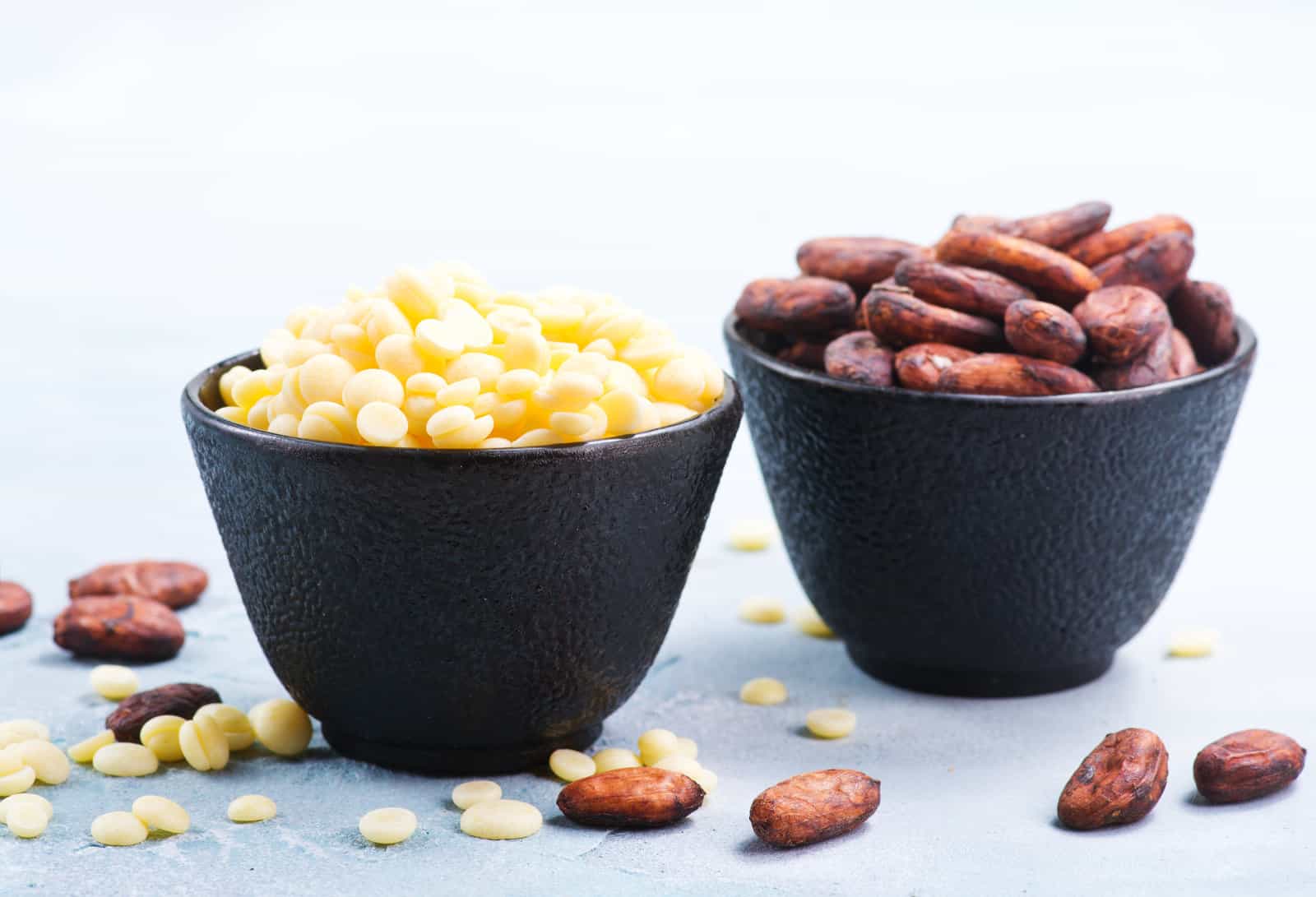
Fun 7 Chocolate Process, From Cocoa Seeds Into Chocolate!
The chocolate process makes all the forms and types of chocolate, so chocolate is found as bars, which come in dark, milk and white forms; some bars are blended with raisins, crisped rice or nuts, and sometimes covered or coated with wafers, caramel, nougat, nuts, etc. Chocolate is also a flavor in many desserts, like; cookies, chocolate cakes, chocolate mousse, and brownies. Chocolate is also used in many alcoholic, and non-alcoholic beverages like; milkshakes, hot chocolate, Mocha, chocolate liqueur, and much more. It is even used in chocolate Ice cream, pudding, sauce, etc.
Most people worldwide admire chocolate and fall in love with its forms, types and texture. Chocolate is made of ground and roasted cocoa seeds; cocoa seeds are intense and bitter, so people process these seeds in some way and then add milk and sugar to make them sweet and delicious; in this way, chocolate can be used in many ways.

What is the History of Chocolate?
Coca trees were planted 3ooo years ago by the Maya and Aztec, who used them to make the beverage in their ceremonies. Mayas and Aztecs used cocoa beans as a currency, and they considered chocolate as god’s food; plus, they buried their rulers with bowls of coca as they thought it was helpful in the afterlife.
It is still unclear when Europeans used chocolate; some people said Christopher Columbus took cocoa beans from America to Spain in his fourth journey in 1502; others said the Aztec ruler served a bitter cocoa-bean drink to Hernan Cortes (the Spanish conquistador) who introduced that drink to Spain. However, the first shipment of cocoa beans was from Mexico to Spain. Spain is considered the earliest European country to combine chocolate into its cuisine; sweetened chocolate was served as a hot drink in the Spanish court and became popular. Then, after many years, flavored chocolate became popular in other countries like England and France.
English people improved chocolate by adding milk to it in 1700, so it became more delicious; they also made houses and clubs which are famous till now, like Cocoa-Tree Club, which opened in 1698 and White’s Chocolate-House which opened in 1693; they used as political party meeting places as well as gambling spots. Chocolate was very expensive by that time, and only the wealthy could afford it; by the mid-19th, it started to be affordable and popular.
Chocolate manufacturing started its sophistication in 1828, and after that, factories started using roasted cocoa beans, cocoa butter, chocolate liquor and sugar and milk powder to produce the famous sweet chocolate bars.
After knowing about the history, it’s time to learn more about the chocolate process;
What is the Process of Making Chocolate?
The chocolate process is the same whether it’s a blend of Latin America and African cocoa or single-origin cocoa; it is also science and art. Chocolate process has been almost the same from the Maya time till now; it’s just that the equipment is modern and refined. The chocolate process is simply about turning the cocoa beans into a sweet bar!
Here is the whole chocolate process from the beginning till the end:
1. Harvesting and Fermentation
Cocoa trees produce buds regularly; those buds should be recognized if they are mature enough and then harvested by hand from the tree without hurting flower buds or the stem area. The pods contain Cocoa beans inside a moist, fibrous, white pulp. The beans should be scooped into a pile on mats or banana leaves and then covered; this process will let the fermentation happen as cocoa beans will convert into alcohol by the yeasts present in the air with the heat generated by the pile.
Mixing beans during this process to introduce oxygen can turn the alcohol into lactic and acetic acid, then the alcohol will leave the beans during the fermentation process, letting the change happen from bitter taste to fine. The fermentation process can take 8 days, depending on the type of cocoa beans and the climate; better result requires less roasting time to bring out that flavor.

2. Drying and Storage
Cocoa beans become moister after fermentation, so they must get dry to be shipped or stored. The drying process differs depending on the size, climate, or farm size. Cocoa beans can be dried in the sun on trays or rugs where the climate permits. Sun-drying usually happens in smaller farmsteads in drier environments. In tropical areas, where daily rain is the standard, the beans can be dried in huts as long as there is sufficient air circulating the flats of beans. It is better not to use a wood fire to speed the drying process as it can cause a smoky taste which chocolate manufacturers dislike.
The sorting process is very important because cocoa beans are sold and classified in the industry by size and quality. The beans can be bagged and sorted after the moisture percentage become 6 to 7 percent. The bagged cocoa beans are shipped and then delivered to chocolate factories. Every factory has its “secret recipe” for each chocolate product.
3. Testing, Cleaning and Roasting
After arriving at the factory, the cocoa beans undergo testing procedures; those beans are tested for size and defects and then ground into unsweetened chocolate, which is evaluated for aroma and flavor by company tasters. After testing and assuring of beans perfection, it got accepted by the factory, then got cleaned and started the roasting process, which usually takes 10 to 35 minutes.
4. Cracking and Grinding
The cocoa beans get cracked after roasting; they are called cocoa nibs. As the body is dry and light, it can be winnowed from the cocoa nib. Winnowing is the exposure to a current of air so that the covers are removed from the heavier nibs. The covers can be reused as mulch or other non-edible products. The nibs hold approximately 50 percent cocoa butter, depending on the cacao species.
5. Grinding or Refining
The nibs are grind (by grinding machine) to cocoa butter and produce chocolate liquor. Various percentages of cocoa butter are extracted or added to the chocolate liquor. Cocoa butter maintains the flavor of the chocolate and has a cooling effect identified in dark chocolate; there are many other ingredients added like; milk or cream powder, lecithin, milk crumb, sugar and spices such as cinnamon or vanilla. The ingredients which are added to the chocolate liquor are what give chocolate uniqueness.

6. Conching
Conching takes hours to days, depending on the flavor and texture desired by the manufacturer; it is about releasing some or inherent bitterness and giving the resulting chocolate its smooth, melt-in-mouth quality.
7. Tempering and Forming Chocolate
Tempering and Forming is the last chocolate process; chocolate transforms into bars or any other production cycle.
There are a few fun facts about Chocolate, like:
- Chocolate production is threatened by climate change: according to a report by National Oceanic and Atmospheric Administration, cocoa-producing countries like Indonesia and Ghana will experience an increase in temperature and low humidity by 2050, which will decrease the production of cocoa beans.
- Chocolate and slavery: Many children work in chocolate production in African countries, and they face violence. They may also be exposed to chemicals, work long hours and are denied education.
Chocolate is rich in carbohydrates and antioxidants; it is a great energy source and contains amounts of the stimulating alkaloids of theobromine and caffeine. Chocolate process takes a long and many steps to convert from cocoa beans into chocolate products well-known in markets. The chocolate process is what makes chocolate as it is now. The chocolate process is an art and science because cocoa beans go through fermentation, drying, storage, testing, cracking and grinding, conching, tempering, and finally forming into known chocolate forms.
If you enjoyed this article why not checkoout some delicious foods to help you study!
Why not subscribe to our LearningMole Library for as little as £1.99 per month to access over 1000 fun educational videos.


Leave a Reply